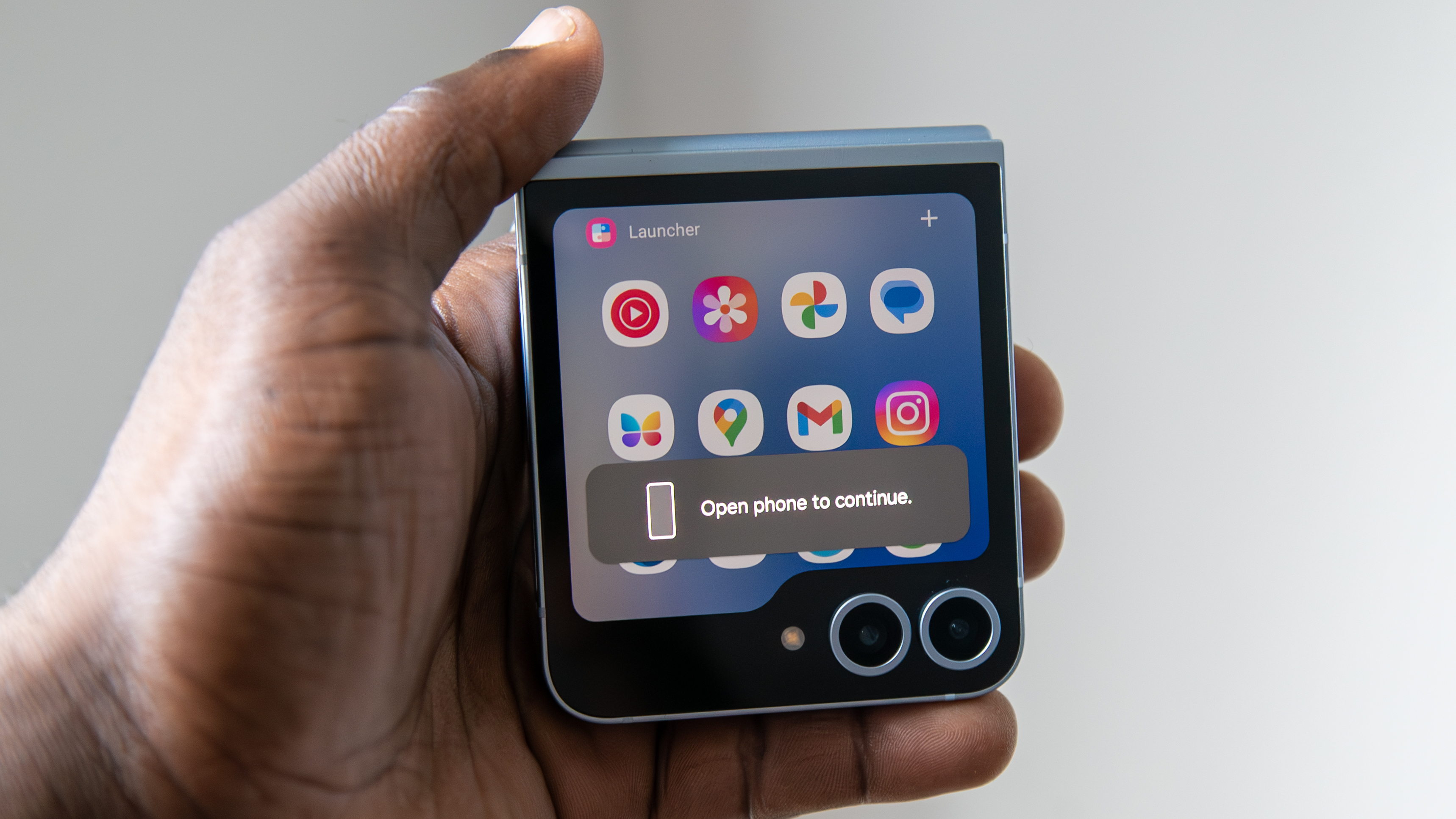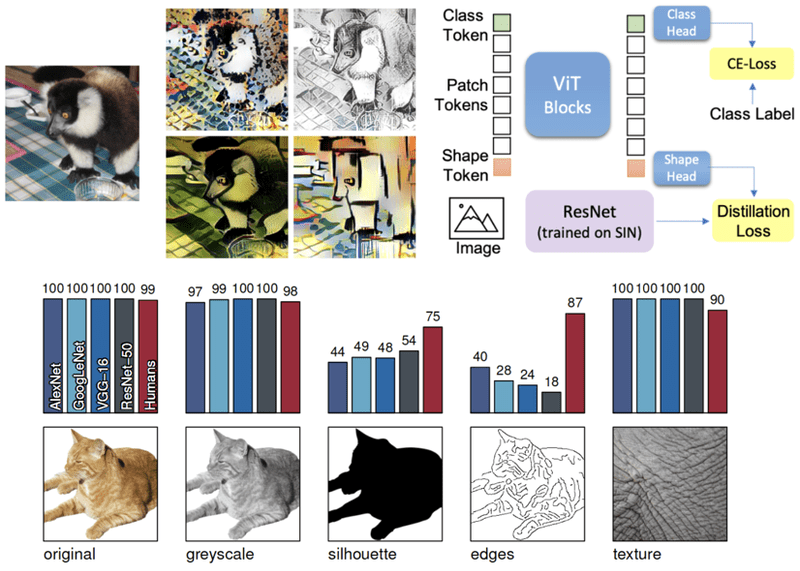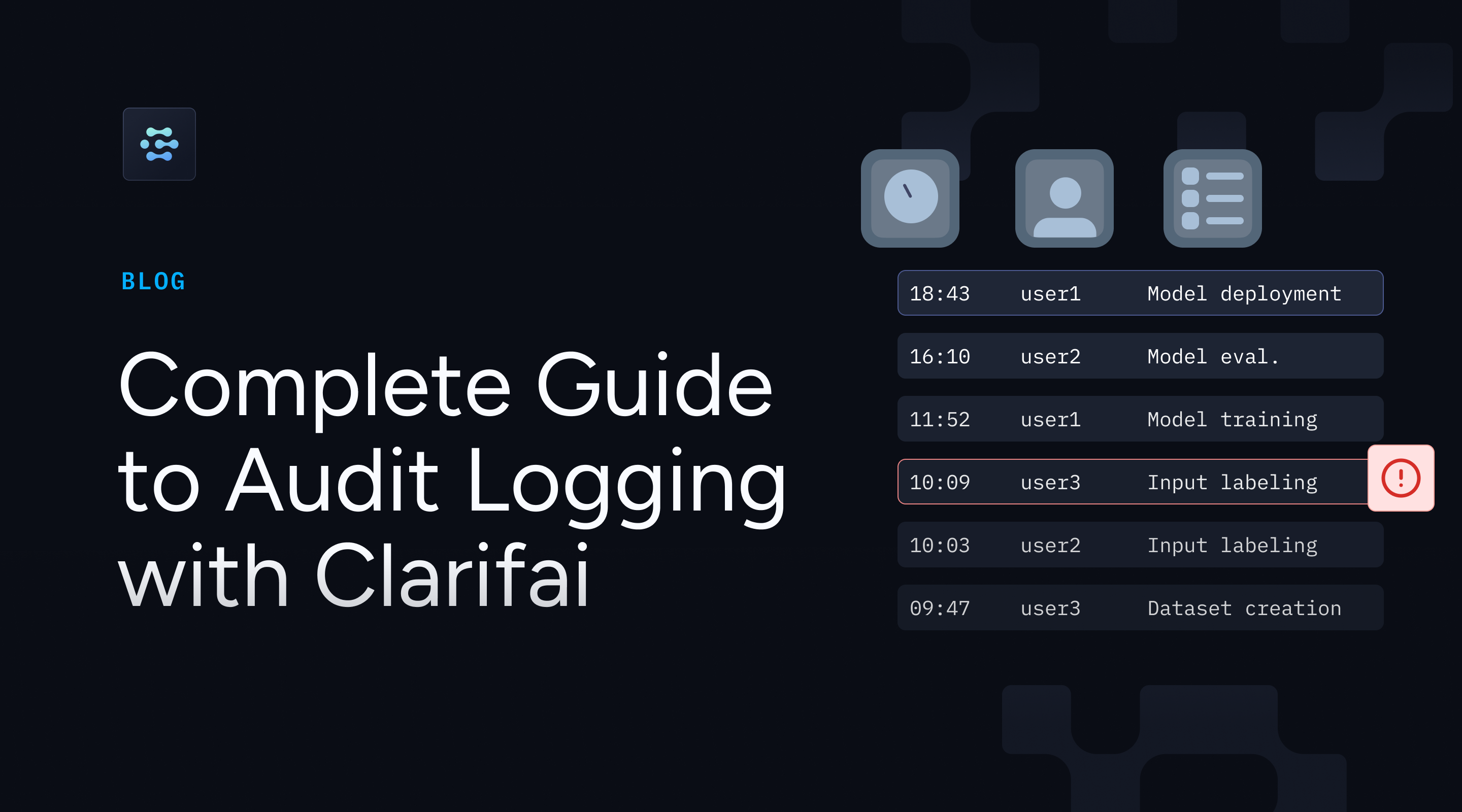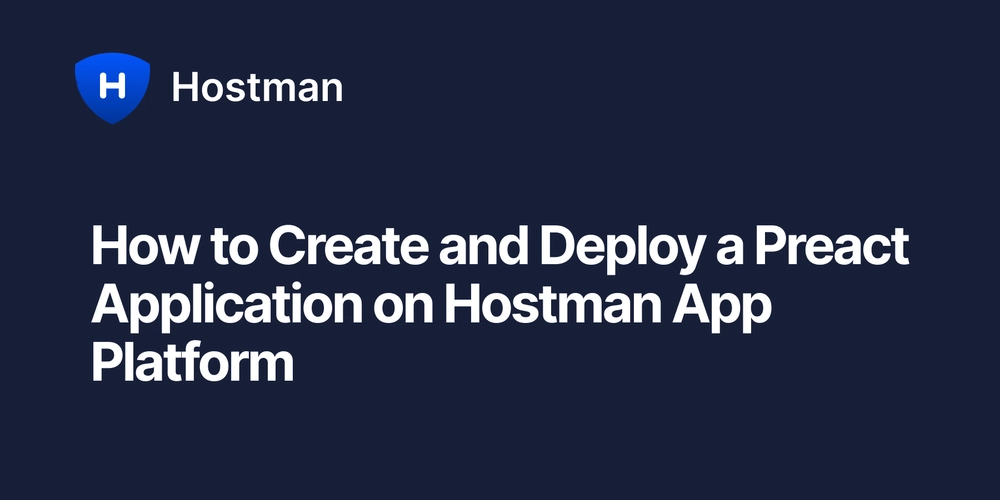How SandboxAQ and Stand Up To Cancer Are Using AI to Transform Cancer Research
Cancer research may be entering a new phase: One where powerful AI models don’t just assist with data analysis but actively help chart the course of treatment. A new collaboration between SandboxAQ and Stand Up To Cancer (SU2C) aims to make that future real by using AI to detect and treat cancer earlier, when it’s most responsive to intervention. SandboxAQ is known for its Large Quantitative Models (LQMs), a class of AI models designed to analyze complex numerical and scientific data at scale. The collaboration will bring SandboxAQ’s LQMs to SU2C-funded cancer research projects, with the goal of accelerating R&D for new treatments. The companies say this will support high-impact cancer research, which includes detecting hard-to-diagnose and treat cancers, as well as leveraging predictive modeling to optimize treatment response and monitor potential recurrence. AIwire reached out to SandboxAQ to ask how its technology fits into the cancer research process and how it differs from other AI tools in oncology. “First, it’s important to recognize that AI is a tool that accelerates science and enables cancer or other researchers to see and do more than they can without this powerful technology. It is not a replacement for brilliant scientists like the ones supported by SU2C,” the company said. The company also explained that, unlike generative AI tools built on large language models, SandboxAQ’s LQMs are designed to simulate molecular behavior using physics- and chemistry-based data. SandboxAQ says this approach allows for greater scientific accuracy and scalability in modeling complex biological systems. That's because SandboxAQ’s LQMs are built to work with a wide range of high-resolution biological data, including gene activity, protein expression, and 3D protein structures. According to the company, these data help reveal how cancer cells differ from healthy ones and enable in silico simulations to test how potential drug candidates might interact with cancer targets and avoid harmful side effects. The models also incorporate clinical data related to diagnostics, treatments, and patient outcomes. By integrating these diverse datasets, SandboxAQ says its technology can detect subtle biological changes that may signal early stages of disease. The LQMs are being used to create highly accurate predictive models, including tools to simulate and develop antibody-based diagnostics. These capabilities could support earlier detection, more targeted treatments, and faster translation of lab findings into clinical care. SandboxAQ noted that its LQM platform has already shown promising results in other areas of biomedical research. In one recent study, the technology helped a team studying neurodegenerative diseases expand their drug screening efforts from 250,000 to 5.6 million compounds. The result was a 30-fold increase in potential drug candidates, significantly accelerating the pace of discovery. The company says it aims to bring this same capability to the cancer research teams supported by SU2C. While no single cancer type or patient population has been named as the initial focus of this partnership, SandboxAQ says it is ready to support research efforts across SU2C’s broad scientific network, which includes more than 3,100 researchers at over 210 institutions in 16 countries. The company plans to integrate its technology wherever it can support early detection, personalized treatment, or faster discovery. The collaboration is closely aligned with SU2C’s ambitious goal to reduce cancer mortality by 25% within the next five years and by half over the next decade by making early detection a standard part of care. SandboxAQ sees its work with SU2C as part of a larger pattern of mission-driven partnerships aimed at accelerating medical breakthroughs. Similar collaborations with the Michael J. Fox Foundation, the Mayo Clinic, and others are already using the company’s technologies to speed up discovery in areas like Parkinson’s research. As these efforts grow, the company hopes its approach can serve as a model for how advanced AI can be paired with nonprofit science to bring new treatments to patients faster. “This is a pivotal moment in cancer research. We stand at the threshold of a new era, with emerging tools that have the potential to catch cancer earlier and treat it more precisely than ever before,” said Julian Adams, Ph.D., president and CEO of Stand Up To Cancer, in a release. “SandboxAQ brings cutting-edge technology that complements our scientific network and collaborative model. Together, we can turn breakthroughs in the lab into more lives saved.”

Cancer research may be entering a new phase: One where powerful AI models don’t just assist with data analysis but actively help chart the course of treatment. A new collaboration between SandboxAQ and Stand Up To Cancer (SU2C) aims to make that future real by using AI to detect and treat cancer earlier, when it’s most responsive to intervention.
SandboxAQ is known for its Large Quantitative Models (LQMs), a class of AI models designed to analyze complex numerical and scientific data at scale. The collaboration will bring SandboxAQ’s LQMs to SU2C-funded cancer research projects, with the goal of accelerating R&D for new treatments. The companies say this will support high-impact cancer research, which includes detecting hard-to-diagnose and treat cancers, as well as leveraging predictive modeling to optimize treatment response and monitor potential recurrence.
AIwire reached out to SandboxAQ to ask how its technology fits into the cancer research process and how it differs from other AI tools in oncology.
“First, it’s important to recognize that AI is a tool that accelerates science and enables cancer or other researchers to see and do more than they can without this powerful technology. It is not a replacement for brilliant scientists like the ones supported by SU2C,” the company said.
 The company also explained that, unlike generative AI tools built on large language models, SandboxAQ’s LQMs are designed to simulate molecular behavior using physics- and chemistry-based data. SandboxAQ says this approach allows for greater scientific accuracy and scalability in modeling complex biological systems.
The company also explained that, unlike generative AI tools built on large language models, SandboxAQ’s LQMs are designed to simulate molecular behavior using physics- and chemistry-based data. SandboxAQ says this approach allows for greater scientific accuracy and scalability in modeling complex biological systems.
That's because SandboxAQ’s LQMs are built to work with a wide range of high-resolution biological data, including gene activity, protein expression, and 3D protein structures. According to the company, these data help reveal how cancer cells differ from healthy ones and enable in silico simulations to test how potential drug candidates might interact with cancer targets and avoid harmful side effects. The models also incorporate clinical data related to diagnostics, treatments, and patient outcomes.
 By integrating these diverse datasets, SandboxAQ says its technology can detect subtle biological changes that may signal early stages of disease. The LQMs are being used to create highly accurate predictive models, including tools to simulate and develop antibody-based diagnostics. These capabilities could support earlier detection, more targeted treatments, and faster translation of lab findings into clinical care.
By integrating these diverse datasets, SandboxAQ says its technology can detect subtle biological changes that may signal early stages of disease. The LQMs are being used to create highly accurate predictive models, including tools to simulate and develop antibody-based diagnostics. These capabilities could support earlier detection, more targeted treatments, and faster translation of lab findings into clinical care.
SandboxAQ noted that its LQM platform has already shown promising results in other areas of biomedical research. In one recent study, the technology helped a team studying neurodegenerative diseases expand their drug screening efforts from 250,000 to 5.6 million compounds. The result was a 30-fold increase in potential drug candidates, significantly accelerating the pace of discovery. The company says it aims to bring this same capability to the cancer research teams supported by SU2C.
While no single cancer type or patient population has been named as the initial focus of this partnership, SandboxAQ says it is ready to support research efforts across SU2C’s broad scientific network, which includes more than 3,100 researchers at over 210 institutions in 16 countries. The company plans to integrate its technology wherever it can support early detection, personalized treatment, or faster discovery. The collaboration is closely aligned with SU2C’s ambitious goal to reduce cancer mortality by 25% within the next five years and by half over the next decade by making early detection a standard part of care.
SandboxAQ sees its work with SU2C as part of a larger pattern of mission-driven partnerships aimed at accelerating medical breakthroughs. Similar collaborations with the Michael J. Fox Foundation, the Mayo Clinic, and others are already using the company’s technologies to speed up discovery in areas like Parkinson’s research. As these efforts grow, the company hopes its approach can serve as a model for how advanced AI can be paired with nonprofit science to bring new treatments to patients faster.
“This is a pivotal moment in cancer research. We stand at the threshold of a new era, with emerging tools that have the potential to catch cancer earlier and treat it more precisely than ever before,” said Julian Adams, Ph.D., president and CEO of Stand Up To Cancer, in a release. “SandboxAQ brings cutting-edge technology that complements our scientific network and collaborative model. Together, we can turn breakthroughs in the lab into more lives saved.”

_sleepyfellow_Alamy.jpg?width=1280&auto=webp&quality=80&disable=upscale#)







































































![watchOS 26 May Bring Third-Party Widgets to Control Center [Report]](https://www.iclarified.com/images/news/97520/97520/97520-640.jpg)

![AirPods Pro 2 On Sale for $169 — Save $80! [Deal]](https://www.iclarified.com/images/news/97526/97526/97526-640.jpg)












































































































_Michael_Vi_Alamy.jpg?width=1280&auto=webp&quality=80&disable=upscale#)


















































































































![[The AI Show Episode 151]: Anthropic CEO: AI Will Destroy 50% of Entry-Level Jobs, Veo 3’s Scary Lifelike Videos, Meta Aims to Fully Automate Ads & Perplexity’s Burning Cash](https://www.marketingaiinstitute.com/hubfs/ep%20151%20cover.png)






























































































































































![From electrical engineering student to CTO with Hitesh Choudhary [Podcast #175]](https://cdn.hashnode.com/res/hashnode/image/upload/v1749158756824/3996a2ad-53e5-4a8f-ab97-2c77a6f66ba3.png?#)


![[FREE EBOOKS] Solutions Architect’s Handbook, Continuous Testing, Quality, Security, and Feedback & Four More Best Selling Titles](https://www.javacodegeeks.com/wp-content/uploads/2012/12/jcg-logo.jpg)




























































































